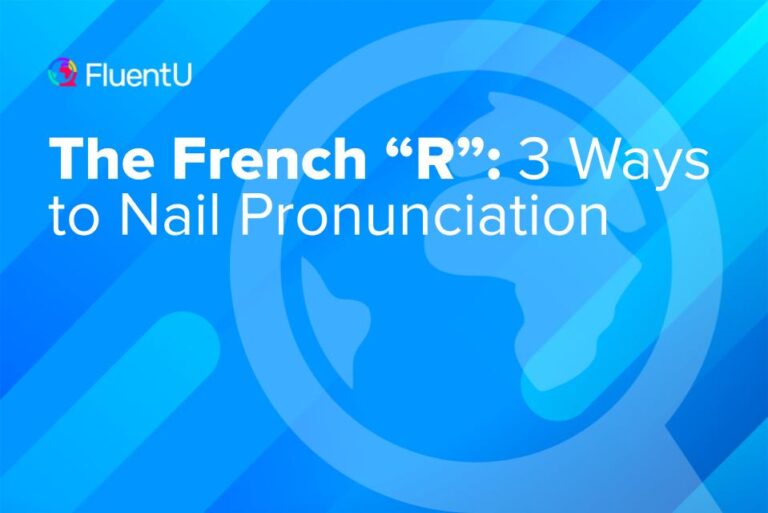How to Ask French Inversion Questions
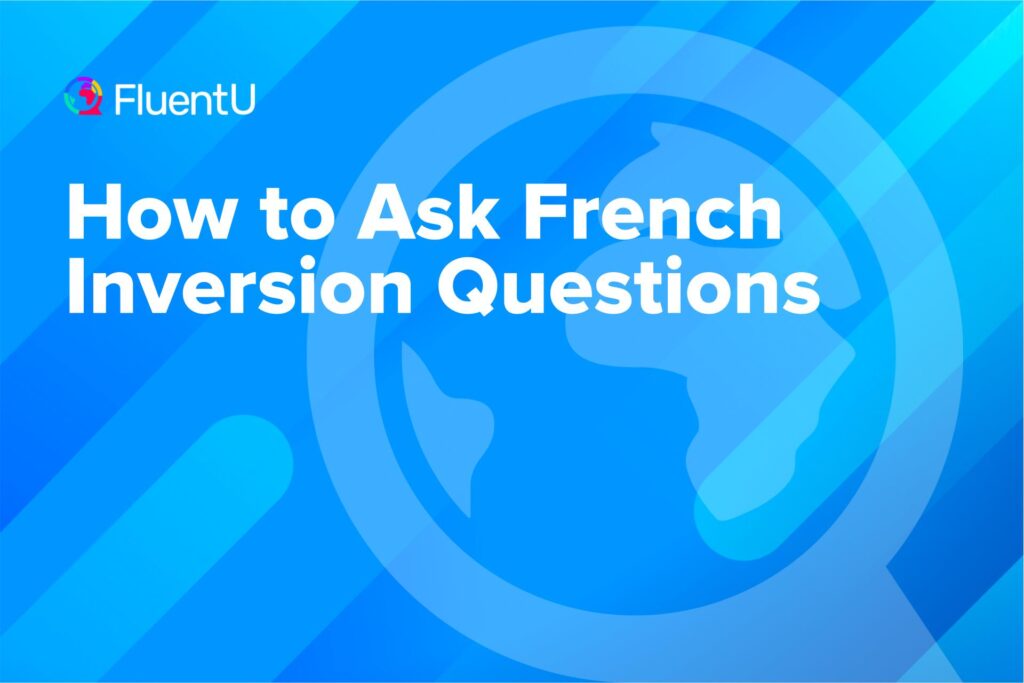
French inversion questions are an important type of French question that flip the standard rules on word order. It might sound like a strange concept—a sort of Yoda-esque rearranging of the words in your sentence.
But don’t worry: it will all make sense by the end of this post.
Download: This blog post is available as a convenient and portable PDF that you can take anywhere. Click here to get a copy. (Download)
Why Use French Inversion Questions vs. “Est-ce que” Questions?
You may already be familiar with a certain type of French question that starts with the phrase est-ce que. These questions are quite simple to form—you just tack est-ce que onto the beginning of a statement.
Est-ce que tu parles français? (Do you speak French?)
You can ask more open-ended questions with the phrase Qu’est-ce que.
Qu’est-ce que vous cherchez? (What are you looking for?)
French inversion questions are simply a more formal way to ask questions. For example, you will hear a qu’est-ce que… question in the French version of the silly, super casual Disney classic “Hakuna Matata.”
Now let’s look at the most common ways of asking French inversion questions.
1. Inverting a Basic Statement
For a beginner, starting with a statement is the easiest way to understand how these questions are structured.
As in English, a basic French statement follows this formula: subject + verb + object.
The subject (je, tu, nous, vous, il/ils, elle/elles, on) is doing the action, the verb is the action and the object is what is being acted upon (sometimes literally, sometimes abstractly).
For example:
Tu parles français. (I speak French.)
Vous avez mangé les biscuits. (You ate the cookies.)
To turn these statements into inversion questions, all you need to do is invert the subject and verb.
Just make sure to put a hyphen between the verb and the subject. For compound tenses, like the passé composé in the second example below, the main verb gets inverted but the participle stays where it is.
Tu parles français. → Parles-tu français? (Do you speak French?)
Vous avez mangé les biscuits. → Avez-vous mangé les biscuits? (Did you eat the cookies?)
There is one hitch if your verb ends with a vowel and your subject begins with one. You will need to add -t- between the verb and subject.
For example:
Parle-t-elle français? (Does she speak French?)
Regarde-t-il le film? (Is he watching the movie?)
Aime-t-il voyager? (Does he like traveling?)
The -t- serves two purposes here: to link the verb to the subject, and to prevent having to pronounce two vowels in a row.
2. Using Interrogative Words
Very often you will need to ask a question that will not have a yes/no answer.
For these types of open-ended questions, you need to start with an interrogative word, then use the inverted verb-subject structure.
Some common interrogative words include:
Qui (Who)
Que (What)
Quand (When)
Où (Where)
Pourquoi (Why)
Comment (How)
So, some example inversion questions would be:
Quand arriveras-tu chez toi? (When will you arrive home?)
Comment t’appelles-tu? (What is your name? — Literally, “How do you call yourself?”)
For this last example, note that you may also hear the forms “Comment tu t’appelles?” and “Comment vous appelez-vous?” but that these are more common in France, while the inversion in the example above is more common in other French-speaking countries, like Belgium.
3. Forming Negative Questions
Sometimes questions are posed in the negative. For instance, in English, you might ask, “Don’t you play the piano?”
You can do this with French inversion questions as well, by adding ne or n’ before the verb (use n’ if the verb starts with a vowel) and pas after the subject:
N’aimez-vous pas la viande? (Don’t you like meat?)
N’aiment-ils pas cuisiner? (Don’t they like cooking?)
Ne sais-tu pas mon nom? (Don’t you know my name?)
4. Questions About Yourself
Sometimes we all speak to ourselves when we are trying to find our keys or wondering what we were thinking when we decorated the kitchen in mauve. Alternatively, we may need to ask someone else about ourselves.
There is nothing new about the structure for this type of French inversion question, except that the phrase ai-je may seem a bit weird. It is just the inversion of J’ai (I have).
For example:
Ai-je deux animaux chez moi? (Have I got two pets at home?)
Suis-je intelligent? (Am I intelligent?)
Ai-je l’air de rigoler sur ce sujet? (Do I look like I am joking about this topic?)
Que sais-je? (What do I know? or Whatever)
Where to Practice French Inversion Questions
To help you to retain this information better, here are some exercises that you can complete online. Try them out to see how much you already know, or use them to make sure you remember what you have learned.
The University of Québec at Trois-Rivières has made a very useful French inversion question worksheet available for anyone to use. It consists of a list of sentences that you need to pass into inversion questions.
You may notice that you have the responses at the end of this document, but my advice is to try to complete them without checking the answers first. Cheating will not help you learn any faster!
This short quiz from Columbia University includes both French inversion questions and est-ce que questions so you can get more comfortable with both types.
You can also see and hear these sorts of questions used in French videos, like the ones on FluentU.
FluentU takes authentic videos—like music videos, movie trailers, news and inspiring talks—and turns them into personalized language learning lessons.
You can try FluentU for free for 2 weeks. Check out the website or download the iOS app or Android app.
P.S. Click here to take advantage of our current sale! (Expires at the end of this month.)
Ready-you are? Learned-you have well?
Oh, right—it doesn’t work in English.
What I mean is: I hope you have learned inversion questions well enough that you are ready to use them in the wild!
Download: This blog post is available as a convenient and portable PDF that you can take anywhere. Click here to get a copy. (Download)
And one more thing...
If you like learning French on your own time and from the comfort of your smart device, then I'd be remiss to not tell you about FluentU.
FluentU has a wide variety of great content, like interviews, documentary excerpts and web series, as you can see here:
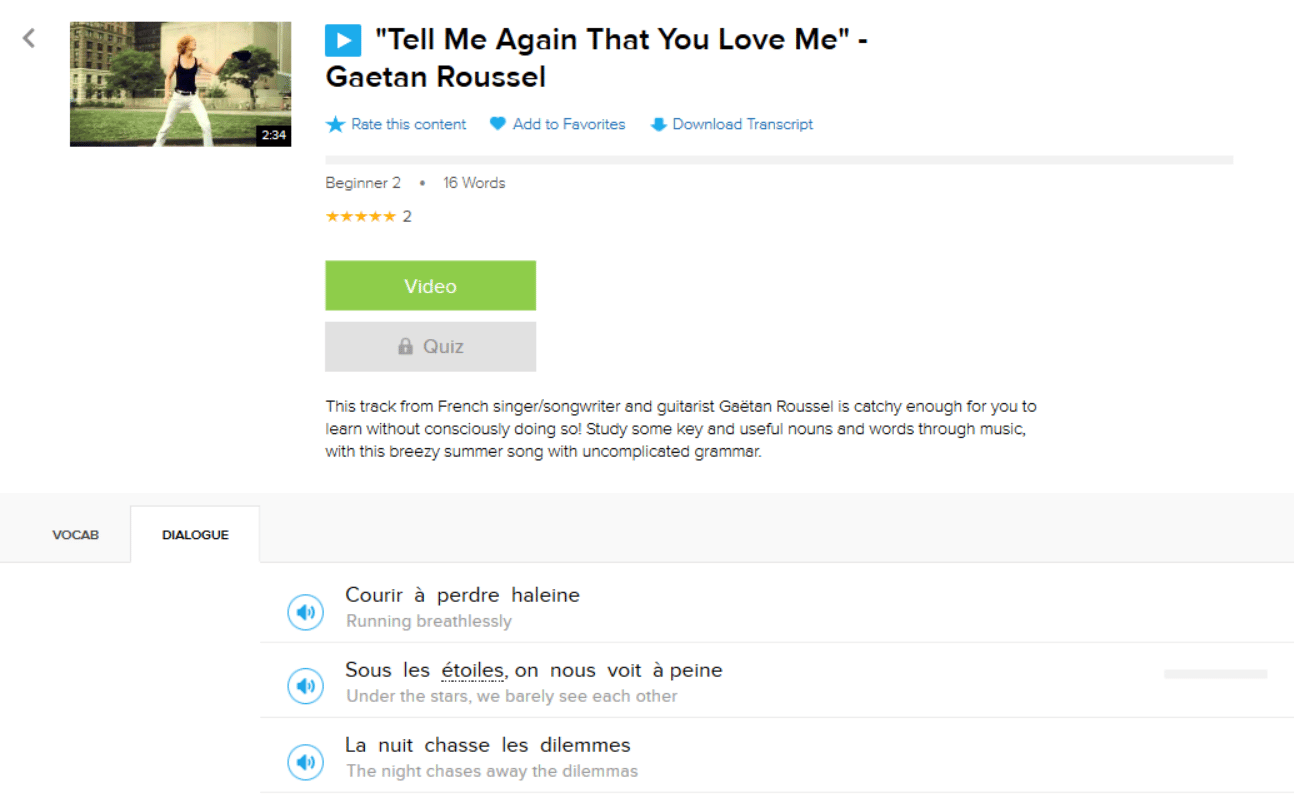
FluentU brings native French videos with reach. With interactive captions, you can tap on any word to see an image, definition and useful examples.
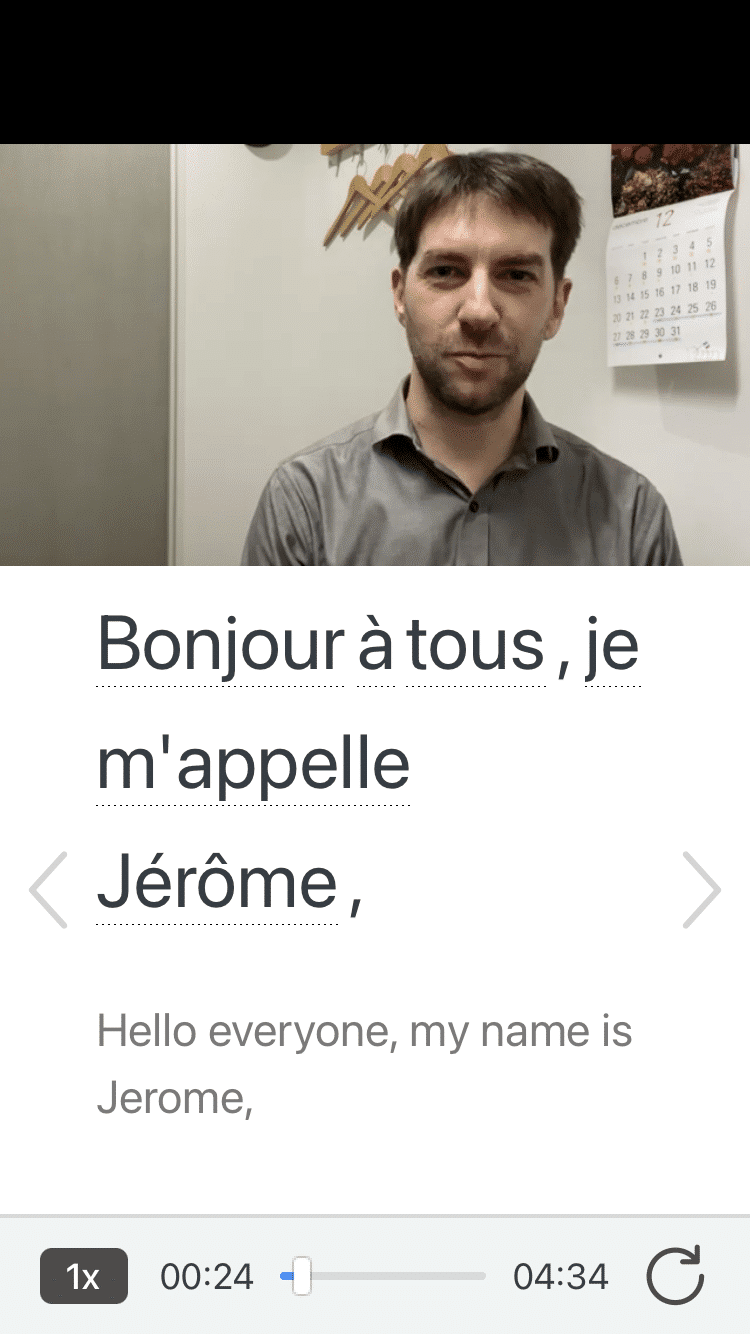
For example, if you tap on the word "crois," you'll see this:
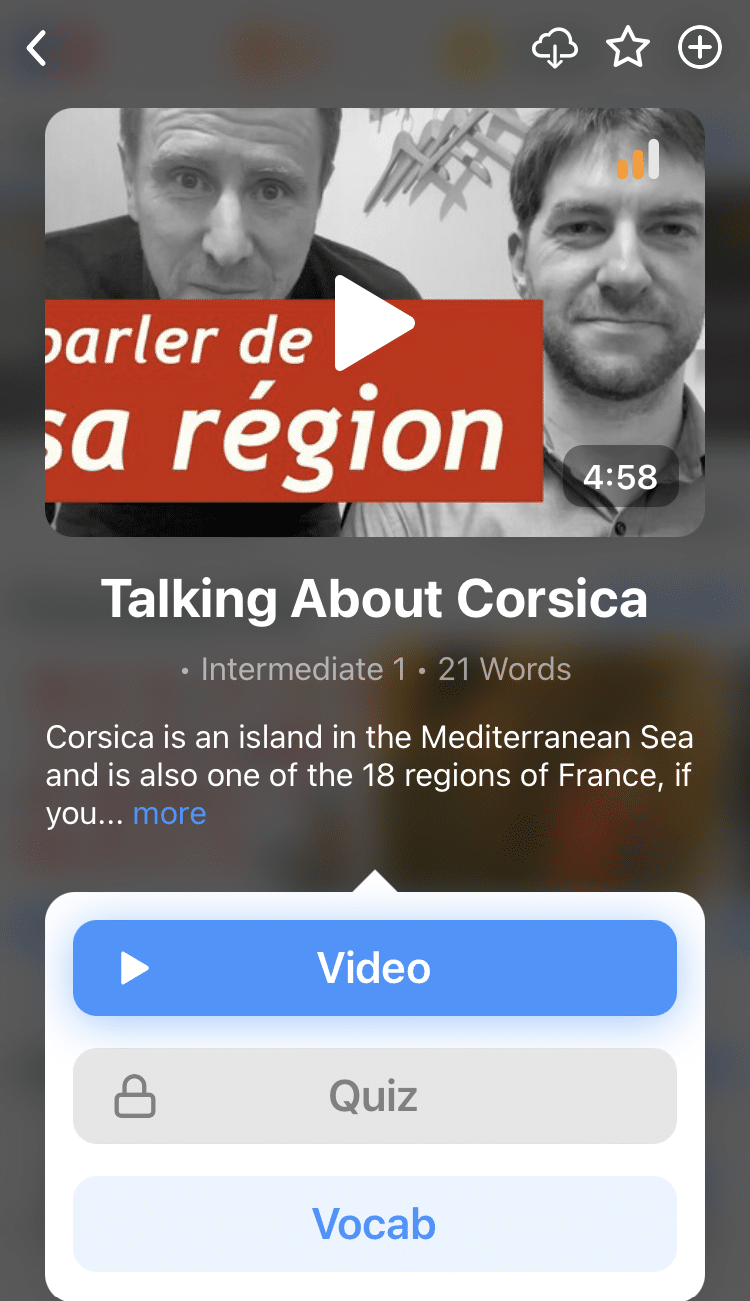
Practice and reinforce all the vocabulary you've learned in a given video with learn mode. Swipe left or right to see more examples for the word you’re learning, and play the mini-games found in our dynamic flashcards, like "fill in the blank."

All throughout, FluentU tracks the vocabulary that you’re learning and uses this information to give you a totally personalized experience. It gives you extra practice with difficult words—and reminds you when it’s time to review what you’ve learned.
Start using the FluentU website on your computer or tablet or, better yet, download the FluentU app from the iTunes or Google Play store. Click here to take advantage of our current sale! (Expires at the end of this month.)




